If you see an injured or dead wild animal
People and wild animals share use of the Yambaru region, so, sadly, seeing an injured or dead animal is not unusual. Causes of death include weakening with age, roadkill (being hit and killed by vehicles), as well as predation by crows, feral dogs, and feral cats.
The Ministry of the Environment Yambaru Wildlife Conservation Center and its related organizations rescue and recover injured or dead wild animals. Please help in the following way if you come across such an animal.
Request to visitors helping distressed animals
- Before rescuing or recovering a wild animal, please park or move your vehicle to a safe place.
- Do not handle an injured or dead wild animal with your bare hands. Please wear disposable gloves.
- After rescuing or recovering a wild animal, please disinfect your hands and any surfaces the animal has touched to prevent the spread of disease.
- As wild animals may struggle or resist people attempting to rescue or recover them, avoid approaching or grasping animals unless completely necessary.
Contents
- If you find a rare species that is injured or dead
- If you find a common bird or animal that is injured
- If you find a common wild animal that is dead
- Don’t pick up the baby birds!
If you find a rare species that is injured or dead
The Center rescues and recovers rare species such as the Okinawa rail, Okinawa woodpecker, Ryukyu robin, Ryukyu long-haired rat, and Ryukyu leaf turtle. Please call the number below immediately.
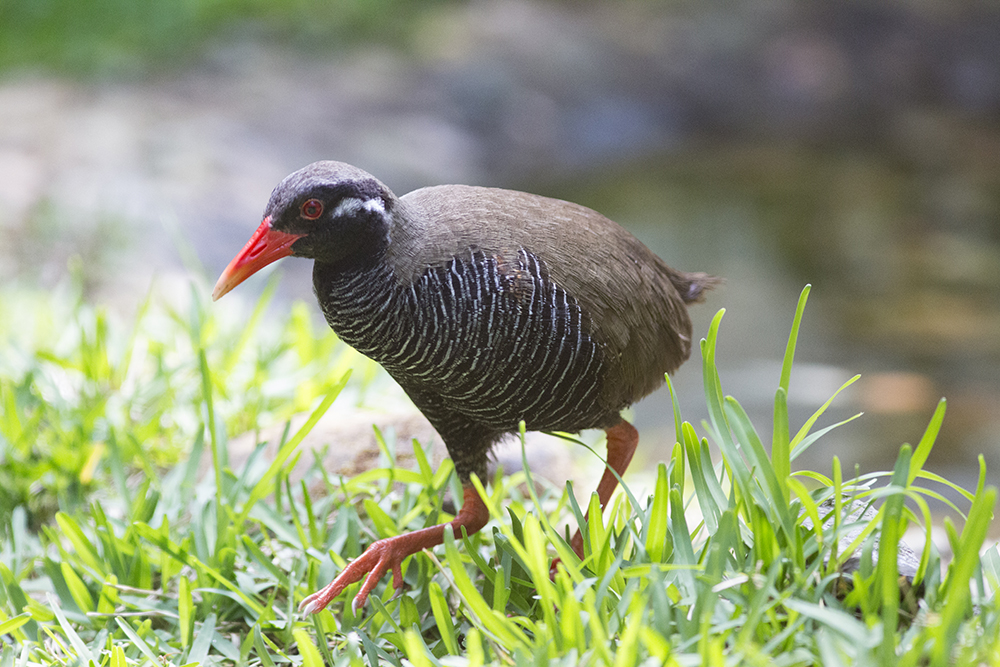
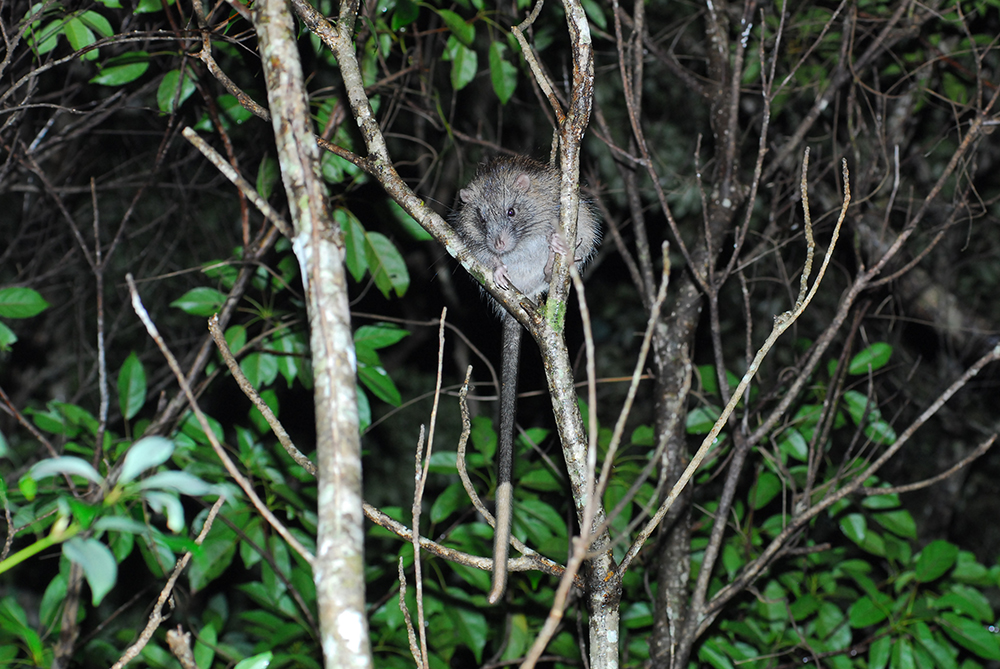
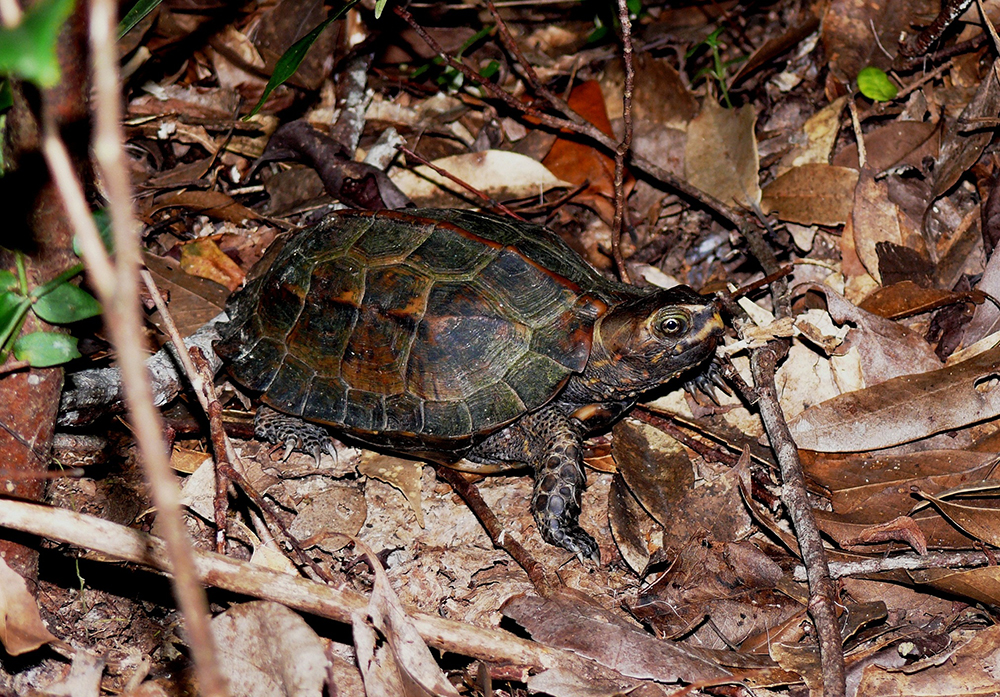
In the event of finding a rare species that is injured or dead
Yambaru Wildlife Conservation Center: 0980-50-1025
In the event of finding a rare species that is injured
Rail Dial (NPO Animal Hospital Okinawa): 090-6857-8917
Information to provide on the phone
– Time of discovery
– Place of discovery: Road name (Prefectural Route 70 etc.), kilometer post (refer to What’s a kilometer post? below), etc.
Our request to people finding such animals
– Taking photographs of the animals (both wide shots and closeups)
What’s a kilometer post?
A sign on a road etc. marking the distance from the road’s starting point. They are located every 100 meters either on the road shoulder or median. Identifying the nearest kilometer post specifies the approximate location along the road.

If you find a common bird or animal that is injured
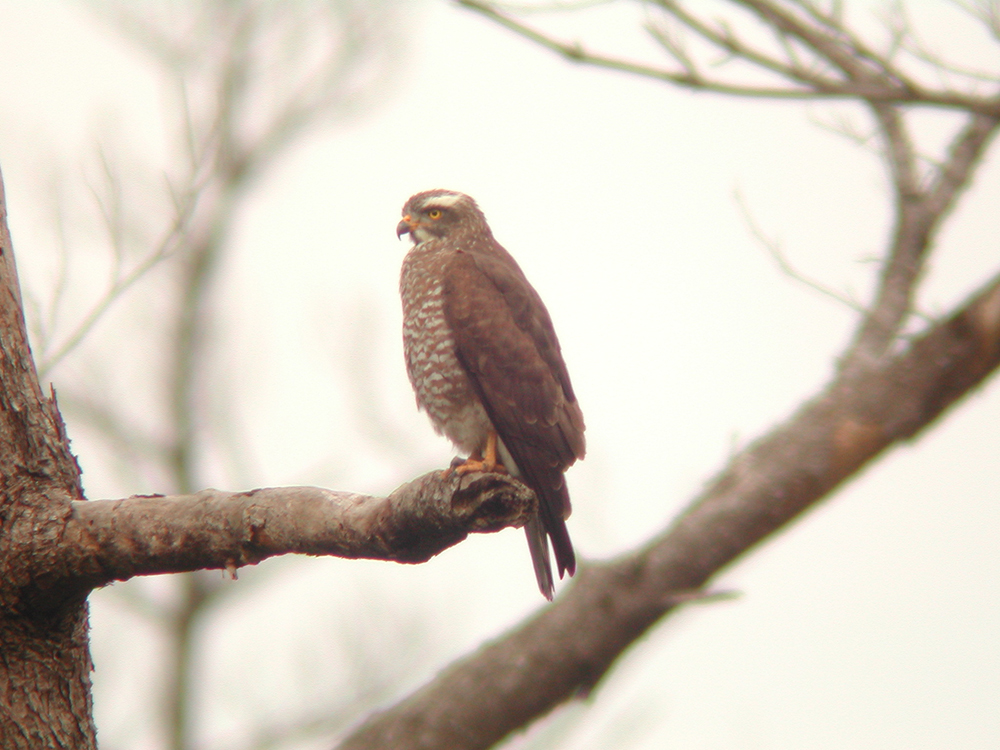
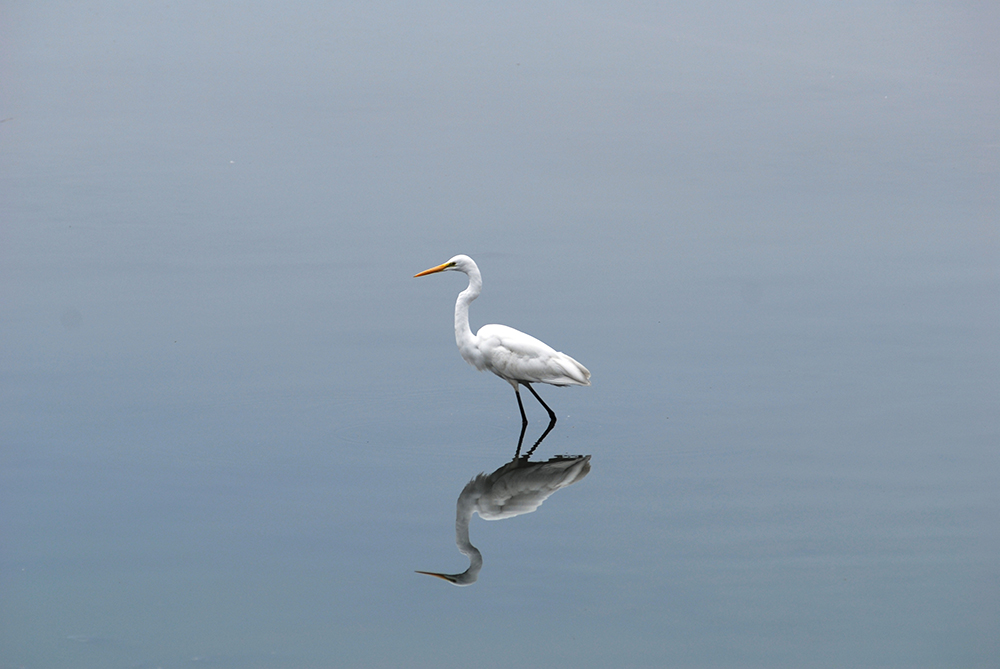
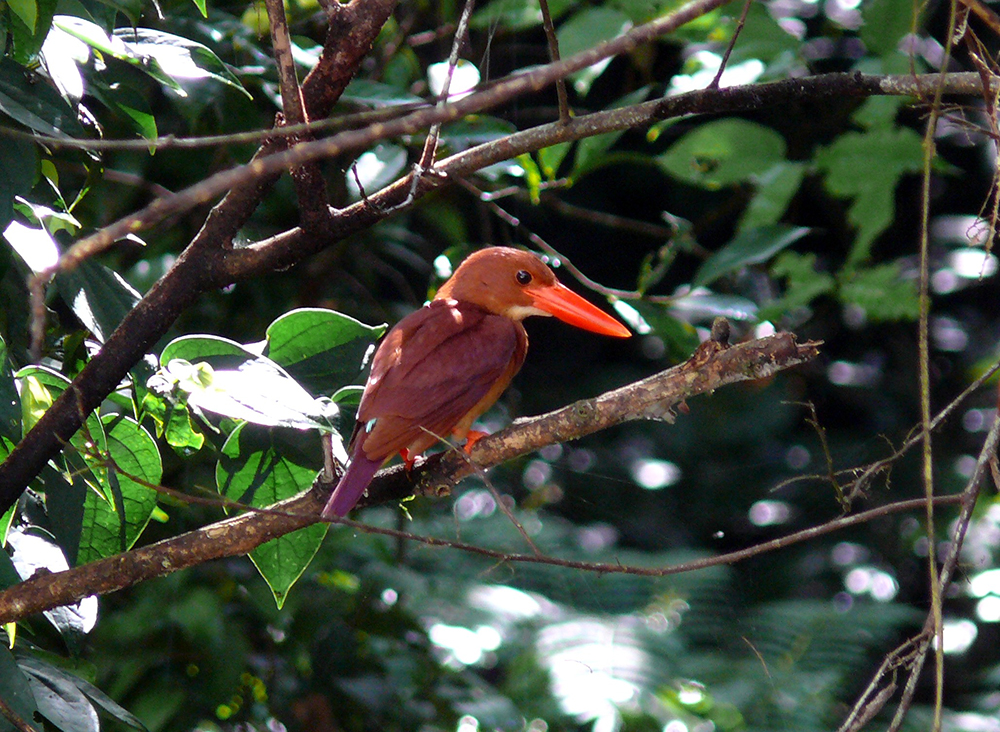
If you find a wild bird or animal that is injured, wish to rescue it, and can transport it to hospital, first call the nearest wild animal doctor to see if they can treat it.
Doctors may not always be able to treat all animals. If there is no veterinary hospital with a wild animal doctor nearby, please contact a treatment station.
*Birds or animals not included
- Birds or animals with a specific owner
- Feral dogs and feral cats
- Marine mammals
- Invasive species (feral pigeons, parakeets, Chinese bulbul, etc.)
Wild animal doctors and treatment stations
Okinawa Prefecture website – If you find an injured bird or animalhttps://www.pref.okinawa.jp/site/kankyo/shizen/hogo/documents/r311doctor.html
If you find a common wild animal that is dead
Please call the following number if you find a dead animal which is impeding road traffic.
– Ministry of Land, Infrastructure, Transport and Tourism, Road Emergency Dial #9910 https://www.mlit.go.jp/road/dia/
Avian influenza
Wild birds sometimes struggle to find food as their environment changes, become weaker, and die. We should not immediately suspect avian influenza if a wild bird dies.
Surveys are conducted of dead wild birds depending on the current circulation and strains of highly-pathogenic avian influenza. Please see the link below for more information.
Okinawa Prefecture website – If you find a dead wild bird (regarding avian influenza)
https://www.pref.okinawa.jp/site/kankyo/shizen/hogo/sibou_yatyou_mituketabaai.html
Ministry of the Environment website – information about highly-pathogenic avian influenza
http://www.env.go.jp/nature/dobutsu/bird_flu/
Ministry of the Environment website – how to handle wild birds
https://www.pref.okinawa.jp/site/kankyo/shizen/hogo/documents/2017yachotonosessikata.pdf
Ministry of the Environment website – message to the people of Japan (regarding avian influenza)
https://www.pref.okinawa.jp/site/kankyo/shizen/hogo/documents/5373.pdf
Don’t pick up the baby birds!
In Okinawa Prefecture, April to May is the peak breeding season for birds, and you may see chicks which have fallen onto the ground. These baby birds are often practicing flying just after leaving the nest, and their parents are typically close by. Please do not try to protect them, shelter them, or even go near them – please just leave them be.
Picking up baby birds separates them from their parents, depriving them of the opportunity to learn how to fly or obtain food. This means they cannot learn how to fend for themselves in the wild. You might want to pick them up on the spur of the moment out of concern for the chicks’ welfare, but it is important to trust the parent birds to raise their children.
If a chick which has not grown all its feathers yet falls out of its nest, please do return it to the nest.
- *Catching wild birds without a permit is prohibited under the Wildlife Protection, Control, and Hunting Management Act.
- *Please call the following number for chicks of rare species such as the Okinawa rail.
If a chick does not move or the parent birds do not return
If approached by people, baby birds may become frightened and crouch down. The parent birds may also not approach if people are present. Please move away and leave them be.
If you do pick up a baby bird
Please return it to where it was as soon as possible. If you picked it up on a road or somewhere it could be attacked by feral cats or crows, place it somewhere safe like the branch of a nearby tree, and then move away. The parent birds will typically be close by, and will return.
Okinawa Prefecture website – Don’t pick up the baby birds!!
https://www.pref.okinawa.jp/site/kankyo/shizen/hogo/hina_wo_hirowanaide.html

